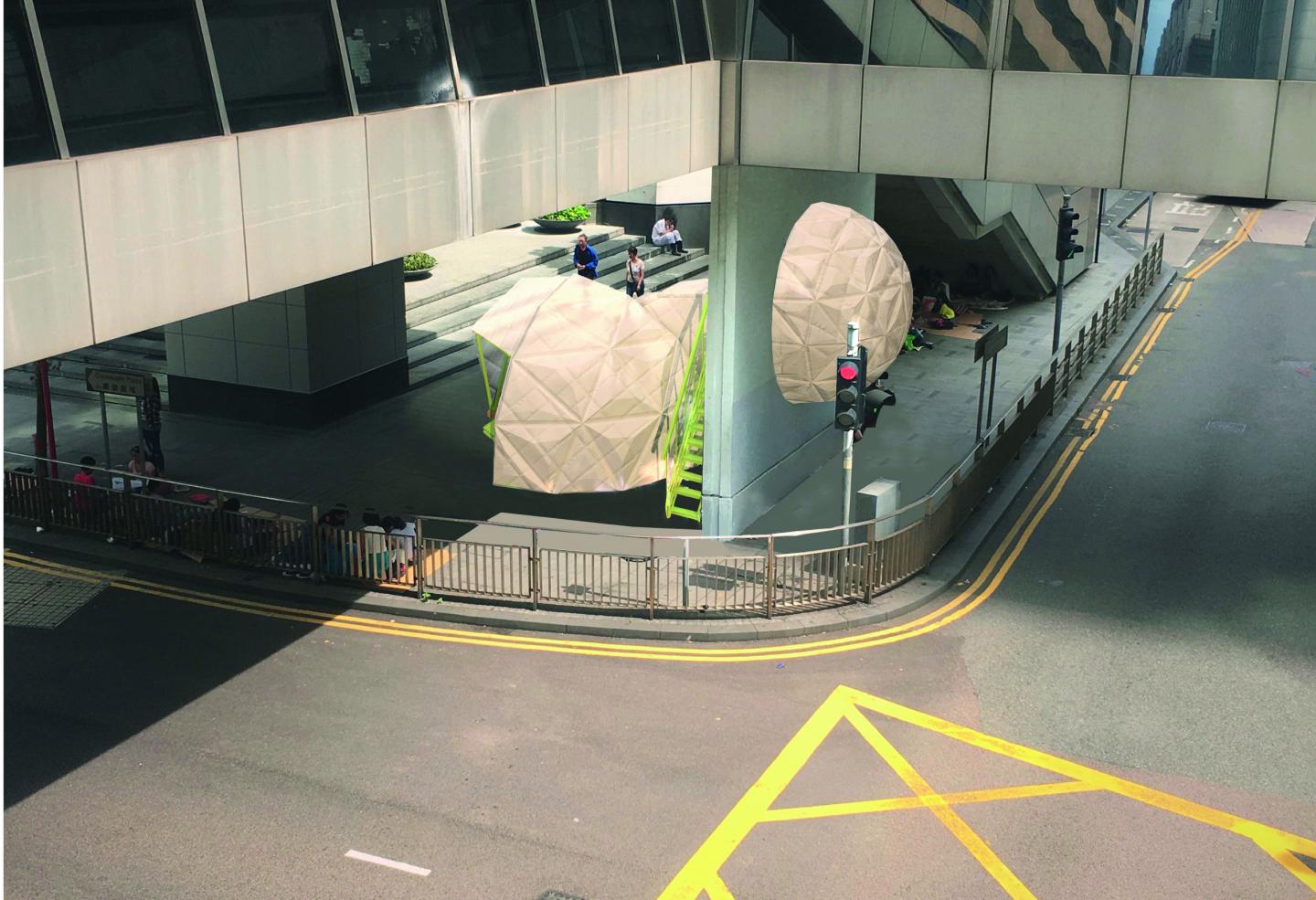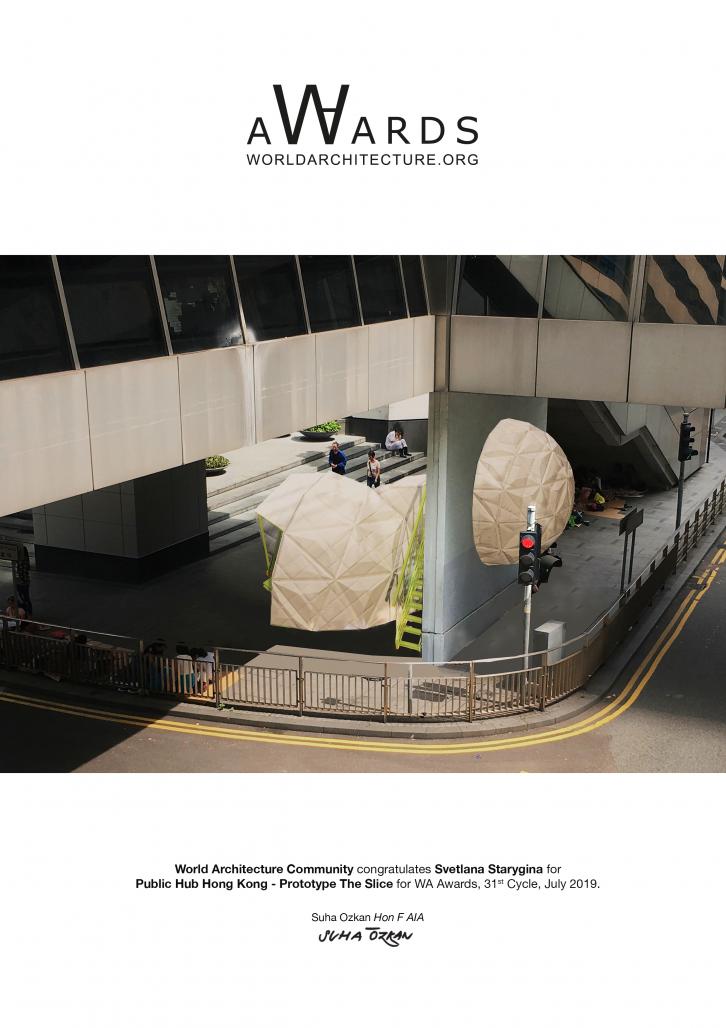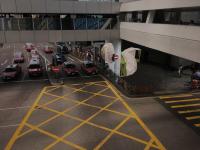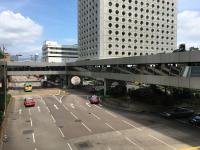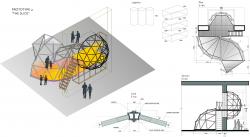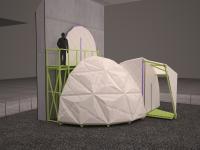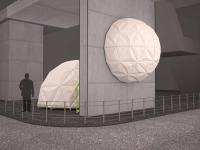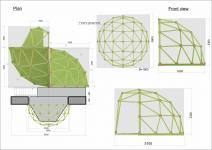The Central District in Hong Kong represents the controversy
of public space use, access borders and infrastrusctural
conditions. Public Hub Hong Kong is haunting for a solution
to reevaluate a public identity of a modern
megapolice, considering public individual activities. How can
public hubs define the unique identity of urbanism in modern
megapolices such as the city of Hong Kong?
The Central District reveals a crucial terrain for the proclamation of public use,
the organization of transition in the infrastructural environments. One of the specific
nodes, the Central District, is a junction of Connaught Road near the Chater House, Exchange Square,
Jardine House and World-Wide House. It offers a controversy of public space use, establishing more complex context to prove the individual identity to effect the proximate surroundings and even the
whole district.
Above all, this crucial junction is usually fully packed by users on weekends due to Philippine domestic workers, who tend to
gather around the World-Wide House, where there are lots of national Philippine stores. Domestic helpers
appear to occupy pedestrian walkways under the footbridge with the help of cardboard devices to define
their private space of occupancy. The close study of their behaviors and activities on weekends together
with the study of officers' activity in this junction during weekdays creates a foundation for the
conceptual analysis and the design. The focus of the research lays in the individual reshaping of public space
by the cultural communities according to their activity.
Furthermore, the major field of exploration includes two architectural theories. Firstly, according to the
theory of Everyday Urbanism, the public space transforms from a generic space to more specific one
through human daily behaviors. The boundaries between public and private places create the zone of
blurredness, indefinite relation of space towards the groups of individual users. The blurredness of space is
derived from the aftermath of globalized features of urbanism, the application of anonymous intricacy into
the everyday life of humans. Therefore, the tendency to define and create a more comfortable and
enjoyable private place within a generic area becomes one of the major concerns of this project. Secondly,
the research on the series of theories and projects, fulfilled by Peter Cook within the project of Archigram
group, the Plug-in-City project, it attracts attention of architects as a superlative framework where
standardized living components can be inserted and attached. After that this structure in fact is not exactly
the city anymore, but an ever-changing device dealing with residences, infrastructure, planning and other
services, which are all being moved by the mechanical cranes on top. However, the presence of a massive
structure is able to ascribe only multiplicity and public anonymity, therefore, it should be more specific for
the individual human scale and become a crucial issue to engage within the urban context. The flexibility of
public space inspires to design a certain sort of device that can be transformable and attachable to the
existing infrastructure, satisfying different users’ needs for the public space.
2017
0000
SITE: CANNAUGHT ROAD CENTRAL
The pavilion "Slice" is a part of the Fuller sphere, made of bamboo.
The pavilion consists of 5 main parts:
1- entrance hallway
2- space for relaxation
3 - balcony
4 - stairs
5 - staircase
Svetlana Starygina
PUBLIC HUB HONG KONG - PROTOTYPE THE SLICE by SVETLANA WALLNER in Hong Kong won the WA Award Cycle 31. Please find below the WA Award poster for this project.

Downloaded 19 times.
Favorited 4 times
